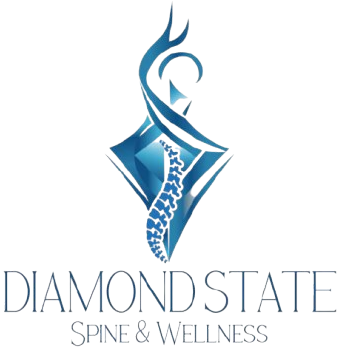Thoracic Spondylosis
Frequently Asked Questions
What are the common symptoms of thoracic spondylosis?
- Chronic pain or stiffness in the middle back
- Muscle spasms
- Limited range of motion in the thoracic spine
- Pain that radiates to the shoulders or chest
- Numbness or weakness in the arms (in severe cases)
- Decreased coordination
What causes thoracic spondylosis?
The primary cause is age-related degeneration of the spine, but other factors can contribute, including:
- Previous injuries to the thoracic spine
- Poor posture or ergonomics
- Repetitive stress from certain activities or occupations
- Genetic predisposition
How is thoracic spondylosis diagnosed?
- A physical examination to assess pain and mobility
- A review of medical history
- Imaging tests such as X-rays, MRI, or CT scans to evaluate the extent of degeneration and rule out other conditions
When is surgery considered for thoracic spondylosis?
What are the common surgical options for thoracic spondylosis?
Common surgical options include:
Decompression Surgery: This involves removing bone spurs or herniated discs that are pressing on the spinal cord or nerves to relieve pressure and alleviate symptoms.
Thoracic Laminectomy: This procedure involves removing a portion of the lamina (the back part of the vertebra) to create more space for the spinal cord and nerves.
Spinal Fusion: In some cases, spinal fusion may be performed after decompression to stabilize the spine. This involves fusing two or more vertebrae together using bone grafts and hardware.
Artificial Disc Replacement: In select cases, the damaged disc may be removed and replaced with an artificial disc to maintain mobility in the thoracic region.
